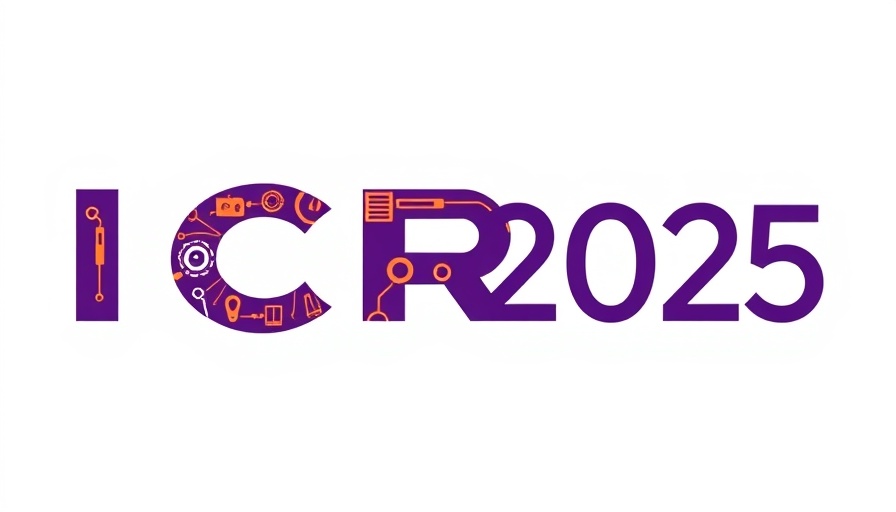
The Future of Robotics: Celebrating Excellence in Research
The 2025 IEEE International Conference on Robotics and Automation (ICRA), held from May 19-23 in Atlanta, has highlighted some groundbreaking advancements in the field of robotics through its prestigious best paper awards. These awards not only recognize academic brilliance but also set the stage for future trends in robotics, offering insights that could be transformative for various industries, especially AI-driven organizational strategies.
Key Winners and Their Groundbreaking Innovations
This year's best paper awards included remarkable works that stretch the boundaries of what robots can achieve, indicating a future rich with potential. The winner of the Best Paper Award on Robot Learning, *Robo-DM: Data Management for Large Robot Datasets*, authored by Kaiyuan Chen et al., proposes an innovative approach that could revolutionize data handling for robotics. This achievement underscores the importance of robust data management solutions as automation and AI technologies become increasingly integral across sectors.
Another standout was *PolyTouch: A Robust Multi-Modal Tactile Sensor for Contact-Rich Manipulation*, recognized in the Field and Service Robotics category. It's a reminder that the tactile interaction capabilities of robots are pivotal for applications ranging from manufacturing to healthcare. In bustling environments where human-robot interaction is common, advancements in sensory technologies will undoubtedly enhance efficiency and safety.
Emerging Trends in Human-Robot Interaction
The event emphasized the soaring importance of human-robot communication, spotlighted by the winner of the Best Paper Award on Human-Robot Interaction, *Human-Agent Joint Learning for Efficient Robot Manipulation Skill Acquisition*, co-authored by Shengchent Luo and others. The ability for robots to learn and adapt their skills through better interaction with humans represents a paradigm shift towards more intuitive robotics. For CEOs, CMOs, and COOs exploring AI solutions, understanding these trends could inform how they deploy robotic systems in a way that improves organizational productivity.
Future Implications for Business Leaders
With these advancements, organizations must keep pace with the evolving landscape of robotics. The successful integration of AI and robotics will likely hinge on innovations in data management, sensory technologies, and enhanced interaction capabilities. Business leaders must remain proactive in adopting these technologies to harness their potential and stay competitive.
Furthermore, the collaborative approach to robotics and AI is indicative of a larger trend; as innovations like these reach the market, they will not only enhance operational efficiencies but may also redefine customer engagement strategies across various industries.
Conclusion: Moving Forward with Insight
As we commemorate the achievements showcased at ICRA 2025, it becomes crucial for executives in all sectors to understand the implications of these advancements. Embracing innovative technologies in AI and robotics can lead to substantial improvements in efficiency, safety, and overall business strategy. The insights gained from this event provide an excellent foundation for organizations aiming to navigate the future of automation.
 Add Row
Add Row  Add
Add 




Write A Comment